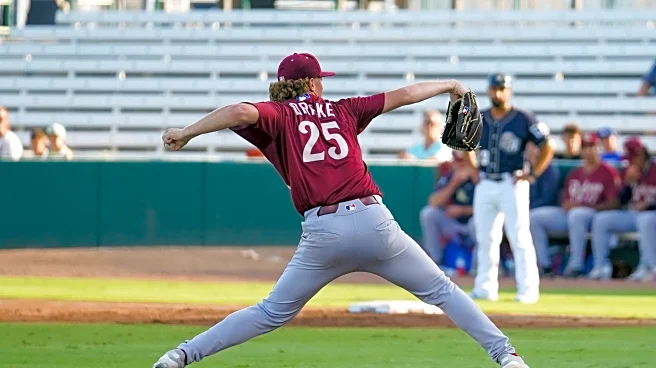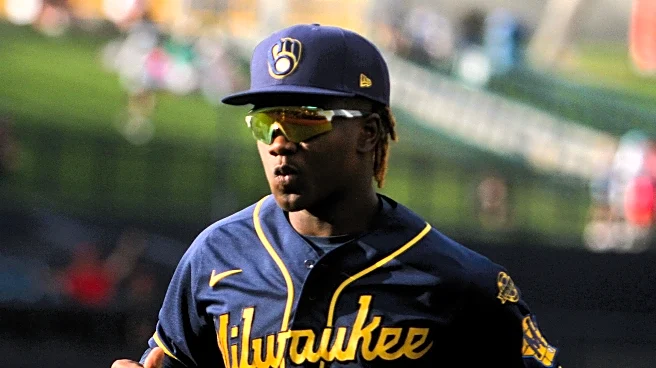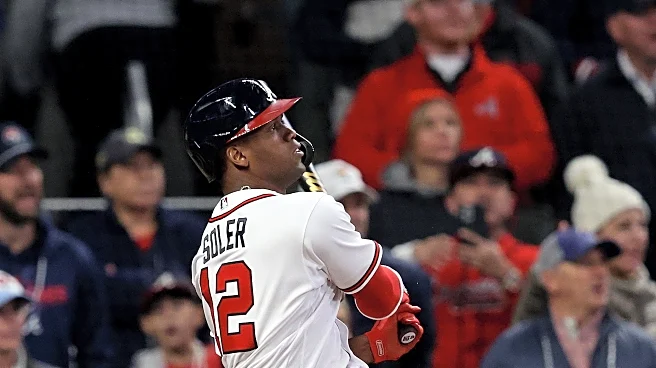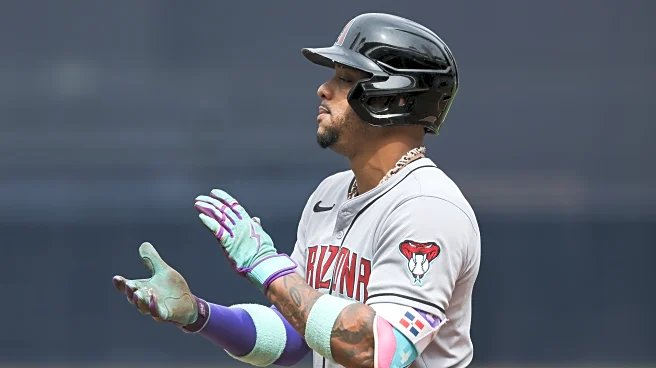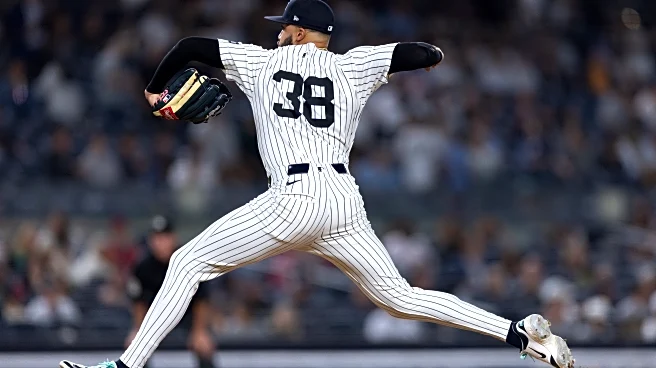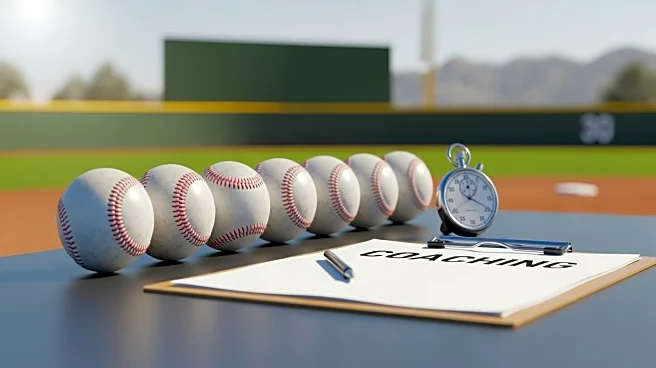We previously discussed how team needs to clear space on the 40-man roster, for the nine players currently on the 60-day injured list. Next week, that IL goes away, and in order to retain them, space must
be found on the 40-man instead. This would mean close to a quarter of the current roster being cut loose. Some spaces are easy to find, as free agents become… well, free. Zac Gallen, James McCann and Jalen Beeks, all fall into this category. But there are still going to be a slew of players cut loose, from known ones like potentially Kyle Nelson, to more obscure names. If you know who Gus Varland is, and what he’s doing on our roster, give yourself two points.
But that’s just the start. Because the team will also need to find space to protect some of their top prospects from the Rule 5 draft, which will take place during the winter meetings, on December 10. The Diamondbacks will have until November 18 to add eligible prospects to the 40-man roster. Of course, they need to make space for each one they add, by removing an existing player. Now, not adding a prospect doesn’t mean they’ll lose him. Last winter, for example, Kristian Robinson was not added, but remained with the organization because he was not selected in the Rule 5 draft.
This is because the major-league portion of that draft comes with conditions. A player chosen must remain on the new team’s active roster or the IL, for the whole year. Given draft picks are usually players with no major-league experience, that’s quite a commitment. If a team is unable to do that, they must offer him back to the franchise which had him, for half the $100K fee paid by the new team at the point of the pick. That happens a lot. But if a player does stick, it can be very valuable. I’m still triggered by Dan Uggla, who was picked from Arizona by the Marlins, and became an All-Star in his rookie season. You could assemble a decent team from players like him.
To be eligible for selection, a player must either have spent four seasons in professional baseball after signing at age 19 or older, or spent five seasons in pro ball after signing at 18 or younger (as of June 5 of that year). — Source
Mercifully, you don’t have to do the legwork to figure that out. There’s a spreadsheet for it instead. And it’s one of the cases where being an Arizona fan has an alphabetical advantage, because it means our prospects can easily be found. at the top of the sheet. The team will have some tricky decisions to make. First, they need to try to work out which of these might be of significant interest to another team. Because if nobody picks a prospect (see: Kristian Robinson), then you would be wasting a 40-man roster spot to protect them – especially if you had to cut another player, likely one with major-league experience, to do so. Then there’s choosing how to make room.
The most obvious candidates would be those already considered our best prospects. Three names on the list are present in MLB Pipeline’s list of Arizona’s top thirty prospects. Kohl Drake (#6, and our top pitcher) and Mitch Bratt (#9), were both recent arrivals, received from the Rangers when we sent Merrill Kelly for what could end up being a brief holiday in Texas. Gavin Conticello (#26) was the Diamondbacks’ eighth-round pick out of high school in the 2021 draft. But the fact only ten percent of our top thirty are eligible this year, is a help, and likely speaks to the bulk of the best in the Arizona farm system, being relatively early in their minor-league careers.
Outside of that thirty, there are some other names you might recognize who are eligible. The ones most likely to go are going to be those already closest to the majors. Dylan Ray and Spencer Giesting were both part of the Reno Aces rotation, though with ERAs of 6.30 and 6.47 respectively, didn’t stand out. The same goes for most of the other pitchers, who either didn’t get more than a cup of coffee, e.g. Avery Corcoran with his one (1) game for Reno, or didn’t do enough to suggest they could stick on a major-league roster for a year. Alfred Morillo’s 5.59 ERA may be the best of the bunch, but a 23:20 K:BB ratio is unimpressive.
A couple of the hitters may be more at risk. A.J. Vukovich might almost have received a call to the majors this year, but ended up appearing in the most games (111) for anyone with Reno. He batted .284 with 22 home-runs and 79 RBI, leading the team in both those categories. Counterpoint: Reno. An .853 OPS is only 26 points above the team collectively. The other name which you might know is Ivan Melendez, the Hispanic Titanic. He got an early August promotion to the Aces, and had an .830 OPS across 25 games there. Could either of them be of use to a dumpster-diving franchise looking for minimum wage bargains?
Looking at the list overall, my immediate instinct is, Drake and Bratt could end up being the only prospects whom the D-backs decide to protect next month, by adding them to the 40-man. However, it would still mean two further spots need to be freed up, making 11 in total. Looking at the current 40-man roster, here’s who I would see as departing (in alphabetical order), to free up the necessary places.
- Jorge Barrosa
- Jalen Beeks
- John Curtiss
- Yilber Díaz
- Casey Kelly
- James McCann
- Kyle Nelson
- Taylor Rashi
- Elvin Rodríguez
- Ildemaro Vargas
- Gus Varland
Who have you got?
